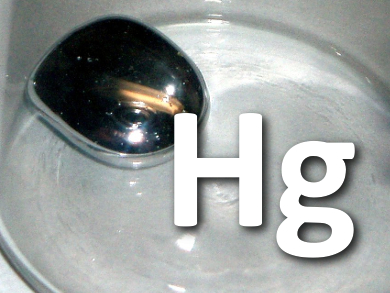Mercury is highly toxic and contaminated drinking water could pose a significant health risk. Absorbents are one way to remove mercury ions from water, but many absorbent materials have low uptake capacities and selectivities for mercury. Adding sulfur-containing materials to the absorbents can help with this issue because sulfur has a high affinity towards mercury. However, even these materials often have limited mercury capacities due to a limited amount of sulfur-containing groups on the surface.
Shaoxian Song, Wuhan University of Technology, China, and colleagues have investigated the mercury absorption behavior of 2D molybdenum disulfide nanosheets as a possible solution to this problem. These nanosheets have high surface areas with large numbers of sulfur atoms. The team used naturally occurring molybdenum disulfide, which has a layered structure, as a starting material. It was partially oxidized electrochemically and then converted to nanosheets in water using ultrasound.
The researchers characterized the material using atomic force microscopy (AFM) and X-ray photoelectron spectroscopy (XPS) and studied its mercury ion adsorption properties in aqueous solution. They found that the nanosheets were less than five S–Mo–S layers thin and showed a fast adsorption for high amounts of Hg2+ ions. The team attributes the high mercury uptake capacity to the absorption of multiple layers of Hg2+ ions on the surface. The first layer is thought to be complexed by sulfur and oxygen atoms on the surface, while the second layer of mercury cations could be bound electrostatically by the negatively charged molybdenum disulfide nanosheet.
- Two-Dimensional Molybdenum Disulfide as a Superb Adsorbent for Removing Hg2+ from Water,
Feifei Jia, Qingmiao Wang, Jishan Wu, Yanmei Li, Shaoxian Song,
ACS Sustainable Chem. Eng. 2017.
DOI: 10.1021/acssuschemeng.7b01880




